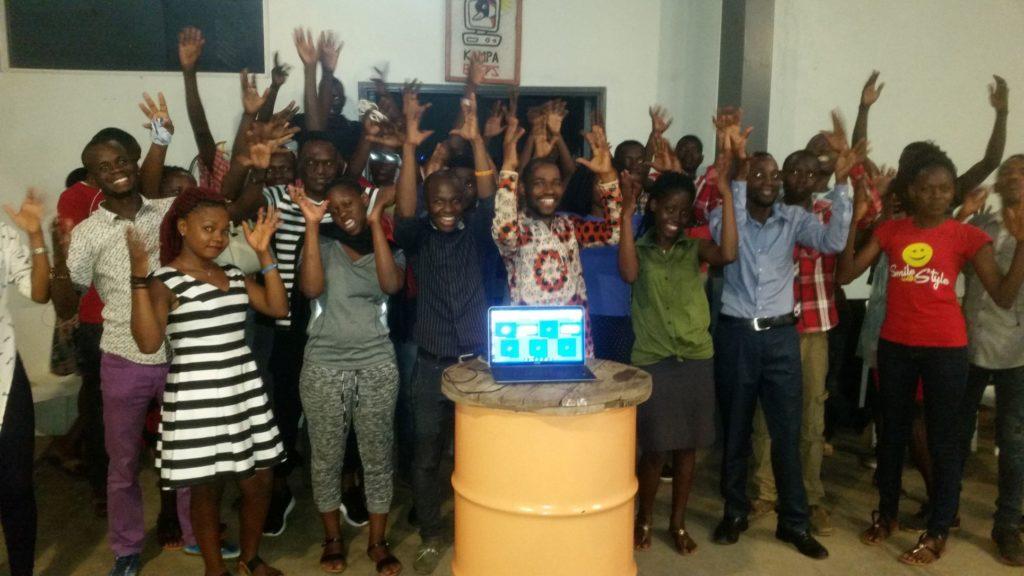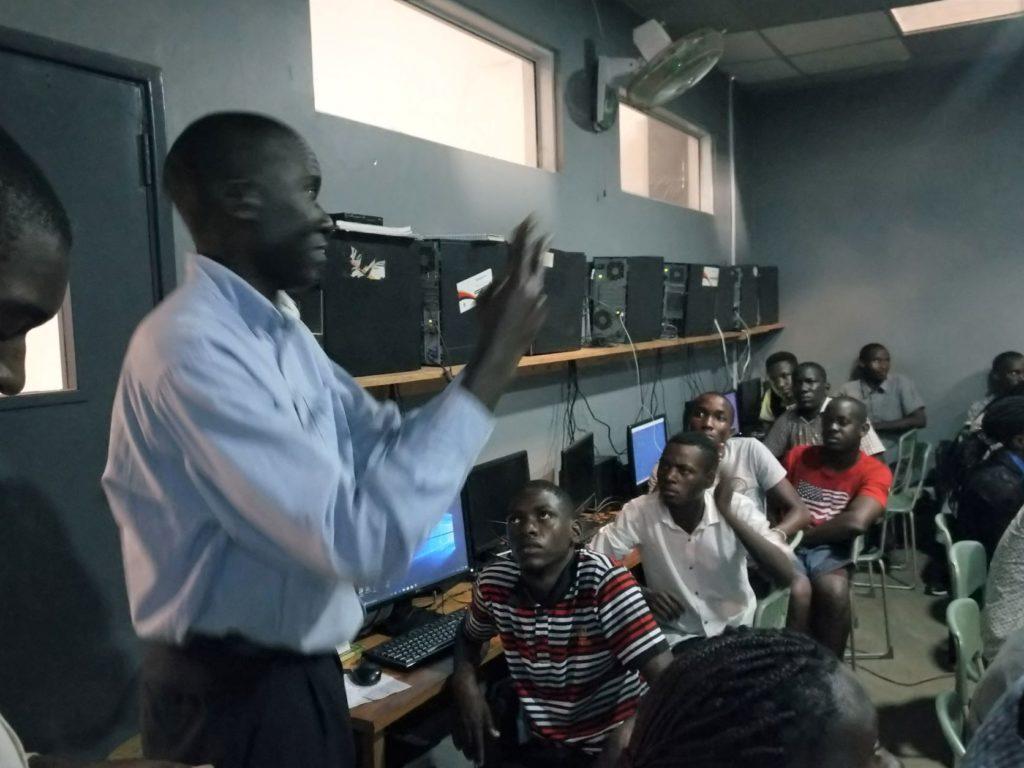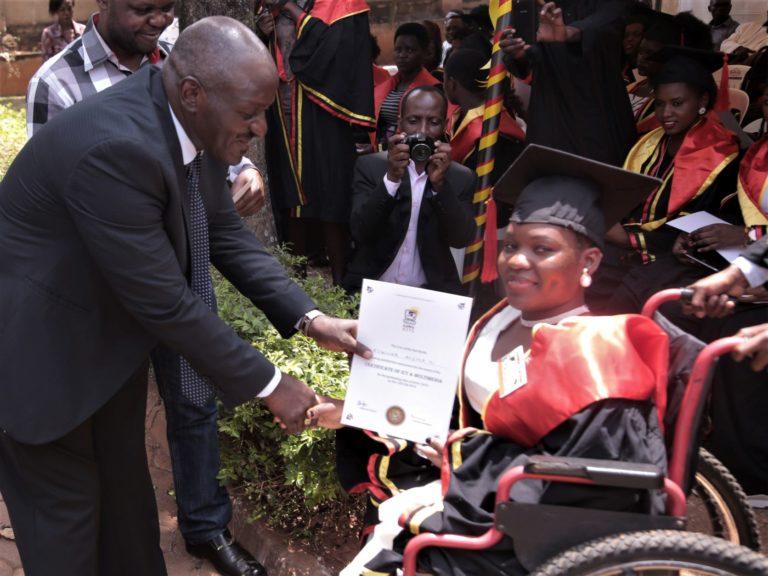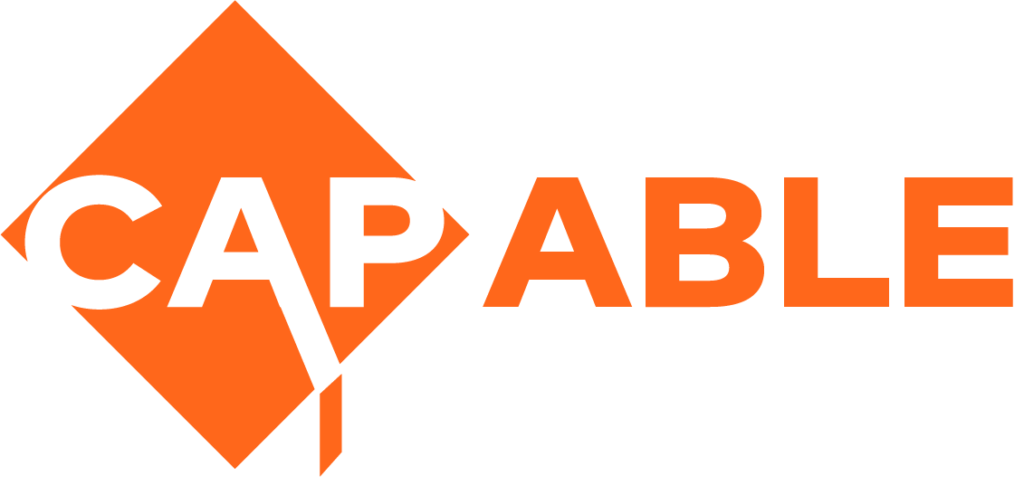Inclusive ICT Training: Creating an Enabling Environment at Kampabits
Kampabits, a non-profit organisation in Uganda is dedicated to promoting youth employability by offering Information and Computer Technology and life skills to the vulnerable youth in Uganda.
Having trained over 500 youth without disabilities since its establishment in 2010, the organisation decided to become more inclusive and in 2018, they took on nine persons with disabilities; (eight with hearing impairments and one with a physical impairment). They realized that disability inclusion was in line with their vision “to produce youth make a positive contribution towards the development of society.” Lawrence Ssengendo, training coordinator at the organisation explains.

“When we took on persons with disabilities for the 6-month program, we were excited and we wanted to see how it worked because it had never happened anywhere in Uganda at that time. We wanted to be part of inclusion!”
The computer training modules included web development and designing, programming, XLST, Html and Javascript.
Apart from the computer training, students learned life skills every Friday. In these sessions, students were introduced to soft skills; job interview skills, guidance and counselling, and sexual reproductive health, handled by a counsellor.

The availability of sign language interpreters made it easier for persons with hearing impairments to participate in the training.
“Before the training, we had discussed with the sign language interpreters how they could formulate signs for some of the concepts like Html, XLS, and how to transform that into sign language. It was amazing because the sign language interpreters sat down and made their own custom signs for some of the new terminologies and words”
In the class, each student had a computer and the trainer would project the screen on the wall to add a visual component to the training. Everything the trainer said was interpreted to sign language. Trainers also made it a point to move around the room to guide learners in a hands-on way, creating a dynamic and inclusive environment and improving understanding. In the absence of an interpreter, students would write questions about what they did not understand and communicate with basic signs.
Rubanga Bawakana who was part of the first inclusive cohort shares his experience:
“When I was at Kampabits, they trained us in website design. It was my first-time experience with it. The instructors were really motivating and I had an interpreter. If there was no interpreter, I would not have been able to fully participate. I really felt loved. The individuals I met were very cooperative; respectful and I did not find many challenges because of the reasonable accommodations.”
From the first inclusive cohort, two students developed keen interests in android development, and continued pursuing careers in that space. Others loved graphic design, video editing, animation and design.
The organisation has continued to show their commitment to inclusion taking on two students with physical impairments in their training in 2021. Kampabits’ step toward becoming disability inclusive in their programme has not only enabled their staff to have greater awareness but has allowed people with disabilities to strongly enter the tech world with positive prospects.


